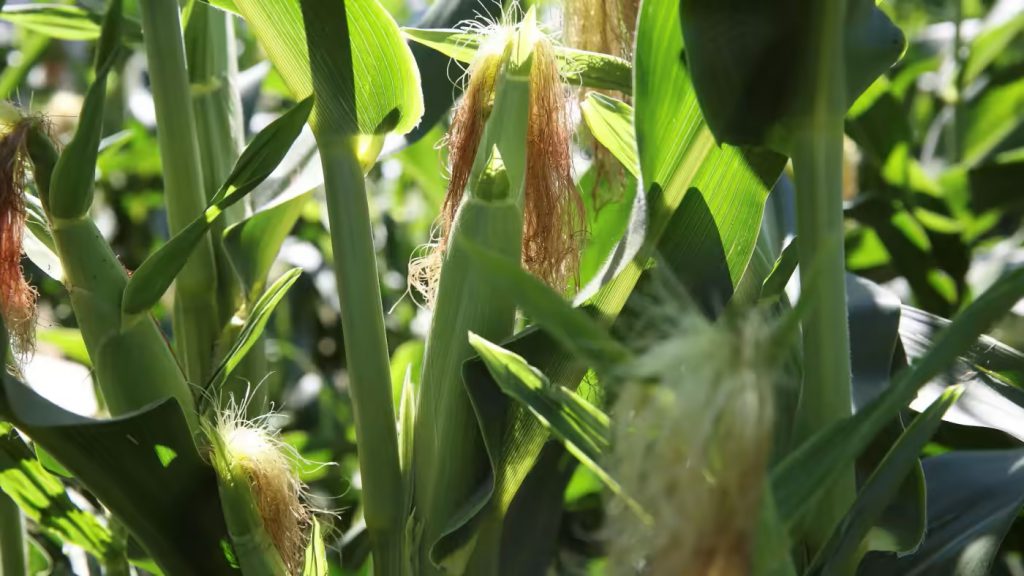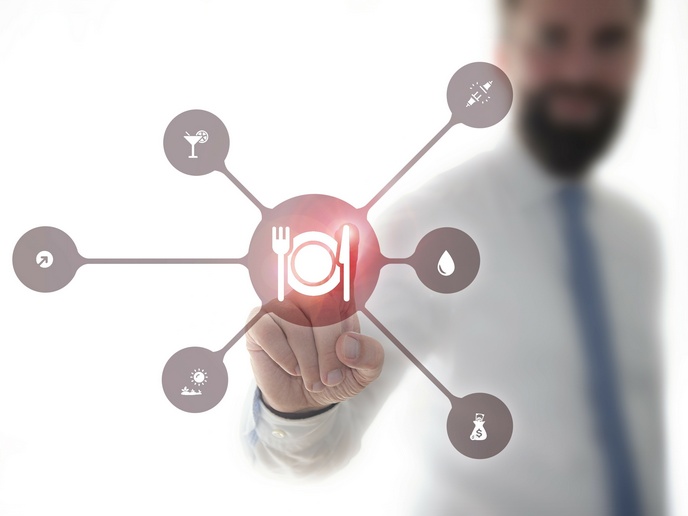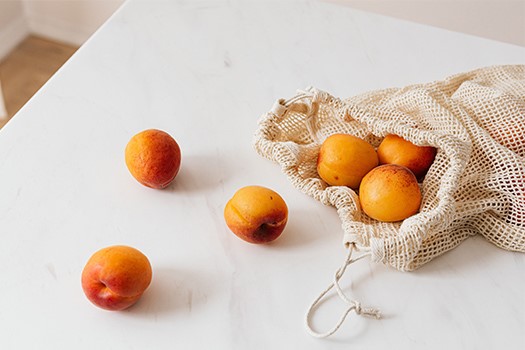The path to a green society could be boosted by increasing the productivity of agricultural crops that are providing cellulose to make environmentally friendly bioplastics.
Perched on the edge of the Sea of Japan, the city of Kanazawa is famed for its seafood and sushi. A morning stroll in the market offers fleshy snow crabs, rock oysters and a host of other delicacies. But marine life around Kanazawa, along with the rest of the planet, faces a grave threat from plastic pollution.
It is estimated that 14 million tonnes of plastic ends up in the ocean every year. Wildlife including fish and birds can consume this waste or get snagged in it.
Kenji Takahashi, a chemical engineer at Kanazawa University, notes that the problem of waste in the oceans is exacerbated by the fact that most plastics take decades or even centuries to decompose.
A team from Kanazawa University is creating a new class of plastics made from plant-based materials, instead of petroleum. And to ensure their efforts are commercially viable, they are collaborating with Sumitomo Mitsui Trust Bank’s technology-based finance team.
Bioplastics, synthesized from plant sugars or engineered from microorganisms, boast many benefits over traditional plastics, including a smaller carbon footprint, enhanced biodegradability, and a reduced reliance on fossil fuels. Cellulose, the main constituent of plant fibre and one of the most abundant organic compounds on earth, is a key material, and scientists are figuring out how use it to synthesize bioplastics efficiently.
Cellulose is comprised of long chains of glucose units joined by strong bonds. “Dissolving cellulose efficiently and quickly is not easy, because of its inter- and intra-molecular hydrogen bonding,” says Takahashi.
For a long time, there was no good way to dissolve cellulose, says Romain Milotskyi, an assistant professor in Takahashi’s lab. Chemists had to rely on heterogeneous reactions to make cellulose-based plastics, and these required corrosive chemicals, high temperatures, additional catalysts and long reaction times.
This all changed with the introduction, 20 years ago, of new materials called ionic liquids which solved these problems and offered the added benefits of being catalysts, non-toxic and non-flammable.
Takahashi’s lab, for instance, demonstrated in 2015 how an ionic liquid — 1-ethyl-3-methylimidazolium acetate (EmimOAc) — helps dissolution of cellulose in batches. Later in 2021, they reported how the combination of an ionic liquid with efficient mixing and reactions in an extruder could break down cellulose within minutes, yielding a biodegradable plastic with a high reaction efficiency of more than 90%.
“Ionic liquids really allowed us to obtain more dissolved cellulose,” says Milotskyi. Direct modification of agricultural resources for bioplastics will help upcycling agri-food losses, creating a circular economy, he adds.
Treasure from waste
Both researchers say there’s still much room for improvement. “We want to find ionic liquids that can dissolve higher amounts of cellulose at a lower temperature, because lower temperatures mean lower emission of carbon dioxide.”
But as the number of ionic liquids grows, so does the task of assessing their suitability for bioplastics manufacture. Artificial intelligence can lend insights into a candidate compound’s
viscosity, melting point, dissolving power, and other physicochemical properties, thus providing “a time- and cost-effective way for choosing the right ionic liquid,” Takahashi says.
This year, his team also announced they had figured out a way to synthesize cellulose mixed esters, a type of bioplastic, in a continuous fashion. For Takahashi, the ultimate goal is to create bioplastics from agricultural waste, such as the by-products of sugar beet or banana cultivation.
Supersizing plant cells
For bioplastics to make a dent in the waste problem, they will have to be produced efficiently on a huge scale. A key aspect of this is having enough source material, a problem that could be solved by enhancing plant growth and production.
Masaki Ito, a plant molecular biologist at Kanazawa University, believes the answer lies in a mechanism called DNA endoreplication. The process, which occurs naturally in most flowering plants, gives rise to extra copies of genomic DNA in a cell, which increases the size of the cell.
In 2011, Ito’s lab was studying how cells divide and proliferate in Arabidopsis when they stumbled upon mutant plants with exceptionally large cells due to genome duplications. “That’s when we came up with the idea that DNA endoreplication might be useful for breeding crop plants with enlarged organs,” offering more raw material for bioplastics, he explains.
Since then, Ito has been working to better understand how DNA endoreplication works. Last year, for instance, he and his collaborators identified a protein called SCL28 that plays a critical role in kicking off the endoreplication process in Arabidopsis.
Boosting plant growth
DNA endoreplication isn’t without issues: while the size of individual cells may increase, the overall number of cells in the organ often falls, resulting in a trade off when it comes to plant size.
“We’re trying to uncover the mechanism for this trade-off,” says Ito, “and to see if we can find a way to increase cell size without affecting cell number.” He and his colleagues believe that SCL28 is a key to understand the mechanisms underlying the trade-off and, subsequently, to realize substantially increased plant growth.
Among crop plants, sugar beet is a particularly important material for bioplastic production, because its agricultural by-product serves as an ideal starting material. The ultimate goal of Ito’s team is realizing better growth of sugar beet by manipulating cell size and number, and increasing production of bioplastic source materials without expanding cultivation areas.
They are using Arabidopsis to find out how DNA endoreplication and the trade-off between cell size and number can be manipulated artificially in growing plants. They then plan to apply the techniques from their work on Arabidopsis to sugar beet, which will potentially result in enhanced DNA endoreplication that will see the latter producing plants with large juicy taproots.
These advances might prove useful very soon. Takahashi’s group is already looking to create bioplastic products from agricultural waste, such as banana stems and beet pulp. For example, his group is in the initial stages of collaboration with a large multinational luxury retailer and a commercial bath products company to create new sustainable products, such as polyethylene bottles made with banana-stem pulp. For Takahashi, these collaborations are a positive sign, signalling the beginning of “creating a green, sustainable society.”















